Archives
- 2025-12
- 2025-11
- 2025-10
- 2025-09
- 2025-03
- 2025-02
- 2025-01
- 2024-12
- 2024-11
- 2024-10
- 2024-09
- 2024-08
- 2024-07
- 2024-06
- 2024-05
- 2024-04
- 2024-03
- 2024-02
- 2024-01
- 2023-12
- 2023-11
- 2023-10
- 2023-09
- 2023-08
- 2023-06
- 2023-05
- 2023-04
- 2023-03
- 2023-02
- 2023-01
- 2022-12
- 2022-11
- 2022-10
- 2022-09
- 2022-08
- 2022-07
- 2022-06
- 2022-05
- 2022-04
- 2022-03
- 2022-02
- 2022-01
- 2021-12
- 2021-11
- 2021-10
- 2021-09
- 2021-08
- 2021-07
- 2021-06
- 2021-05
- 2021-04
- 2021-03
- 2021-02
- 2021-01
- 2020-12
- 2020-11
- 2020-10
- 2020-09
- 2020-08
- 2020-07
- 2020-06
- 2020-05
- 2020-04
- 2020-03
- 2020-02
- 2020-01
- 2019-12
- 2019-11
- 2019-10
- 2019-09
- 2019-08
- 2019-07
- 2019-06
- 2019-05
- 2019-04
- 2018-11
- 2018-10
- 2018-07
-
retinoic acid receptor br Ya desde el siglo xvi Salinas
2019-06-15
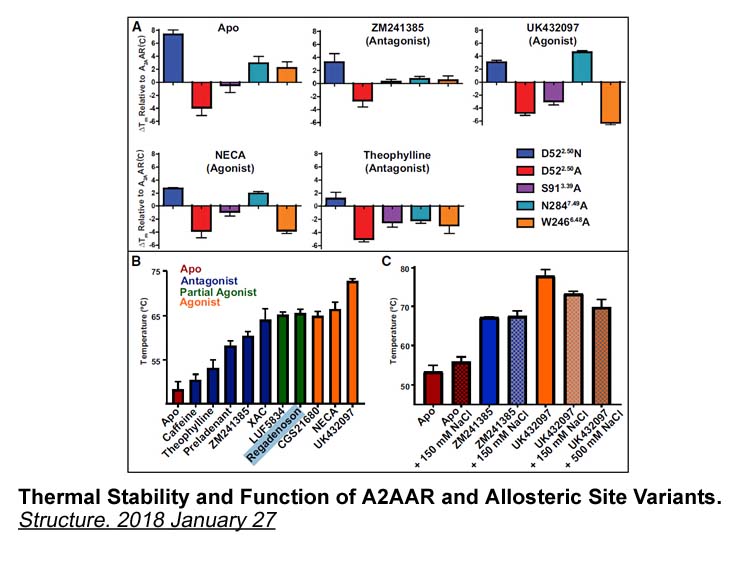
Ya desde el siglo xvi, Salinas parece aceptar las innovaciones de Ramos Pareja que avanzaban en el siglo xv sobre lo que sería el temperamento igual. La obra de Salinas, Siete libros sobre la música, de 1577, entabla una explícita afinidad con las teorías de su contemporáneo Zarlino, como éste ret
-
FMK Una recopilaci n impresa del trabajo que realiz con
2019-06-15
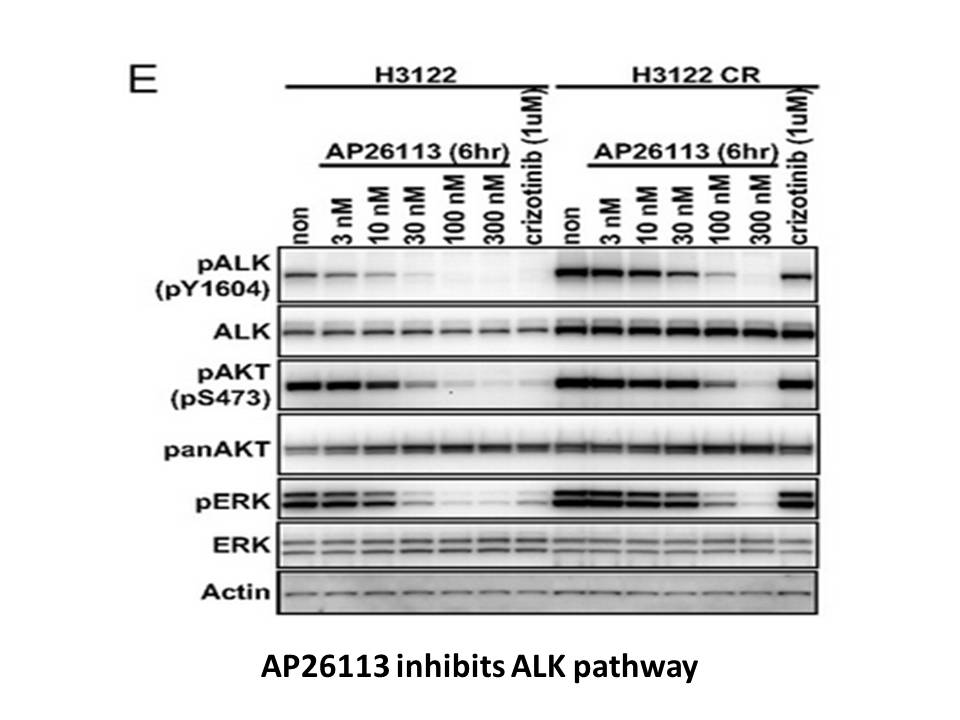
Una recopilación impresa del trabajo que realizó con su cámara, desde 1980 hasta 1986, fue publicado con el título: Guatemala: Eternal Spring, Eternal Tyranny en 1988. En 2010 reeditó el libro en español, el cual se difundió ampliamente en Guatemala como parte del proceso de recuperación histórica.
-
De esta forma siguiendo la multicitada met fora
2019-06-14
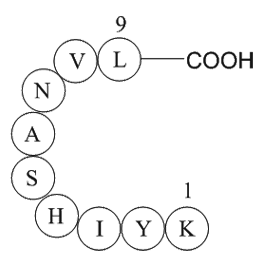
De esta forma, siguiendo la multicitada metáfora de Hemingway, el relato policiaco es solamente la punta del iceberg, mientras que los excesos de la política se encuentran debajo del mar (de lama). El relato policíaco, entonces, no es sólo un “pretexto narrativo”, o una simple guía para el lector me
-
ARCA br Case report His physical examination and basic
2019-06-14
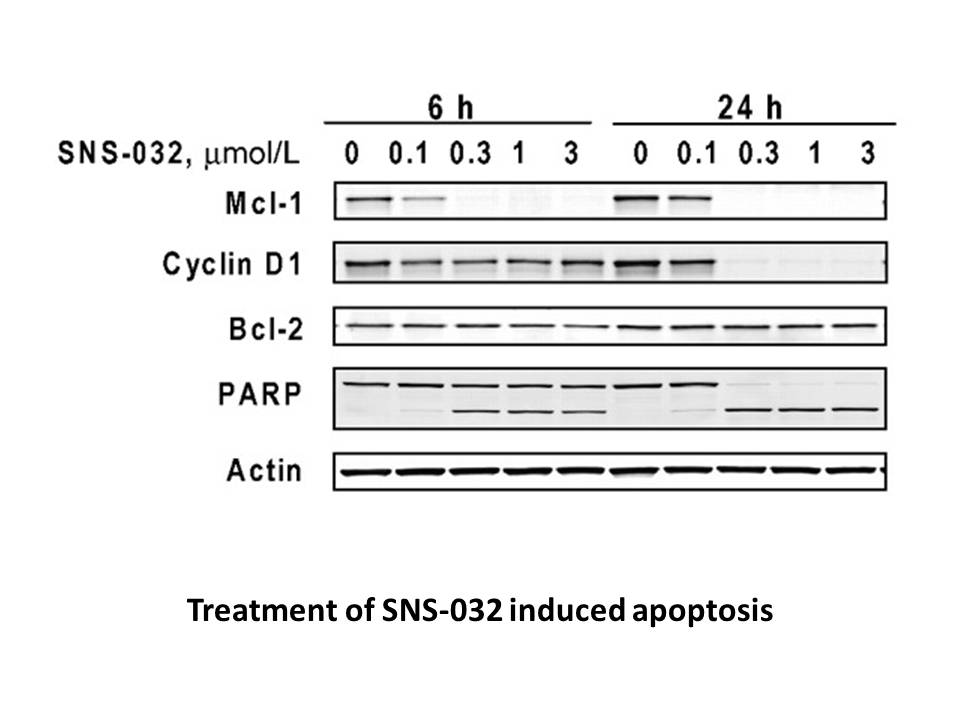
Case report His physical examination and basic laboratory data were normal. No organic heart disease other than dextrocardia was detected on electrocardiography, chest radiography, and echocardiography (Fig. 1). A head-up tilt test (HUT) was performed according to the ESC/ACC guidelines [7,8]. T
-
In Taiwan the crude incidence rate of colorectal cancer
2019-06-14
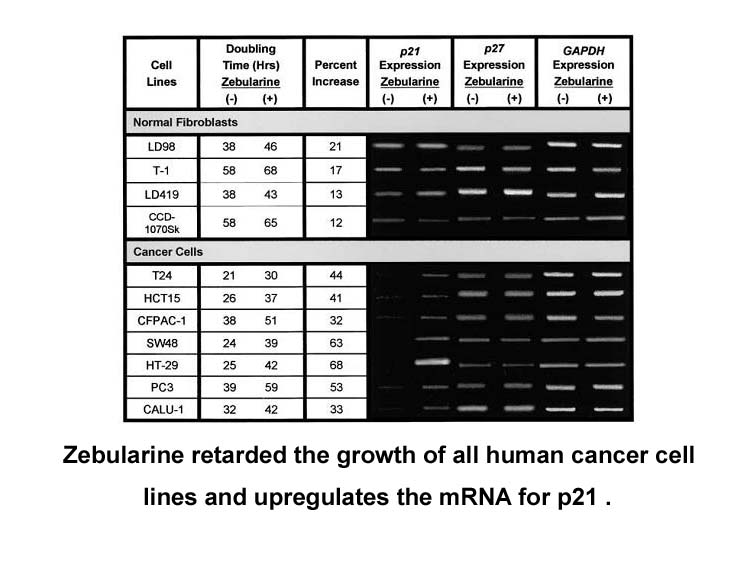
In Taiwan, the crude incidence rate of colorectal cancer among male and female populations increased from 49.98 to 69.90, and 39.48 to 51.36 per 100,000 people, respectively, during the Dioscin between 2006 and 2011. The observed 2-year survival rates of colon cancer in 2004–2006, 2007–2009 and 201
-
The data obtained in our work showed that
2019-06-14
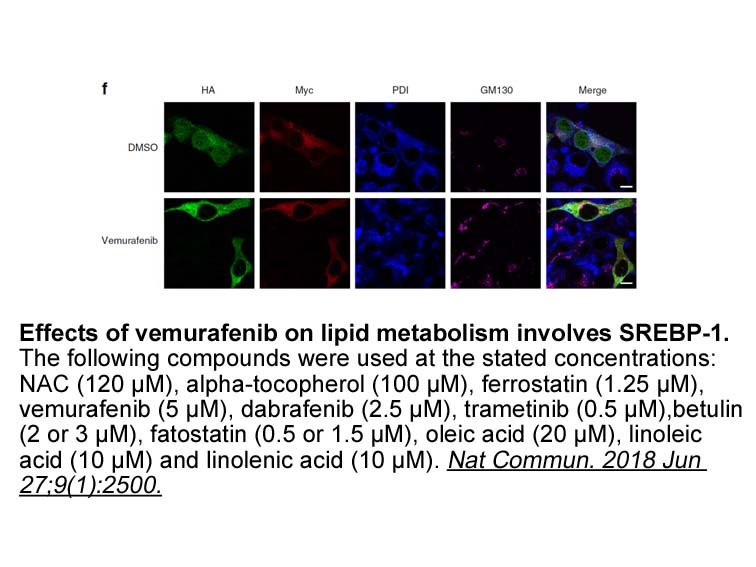
The data obtained in our work showed that AMD was able to inhibit complex I activity and ATP biosynthesis in MRC-5 cells. These effects were accompanied by an increase in lipid and protein oxidative damage and a decrease in NO levels and superoxide dismutase and catalase activities, suggesting that
-
Interim measures however are not nearly enough
2019-06-14
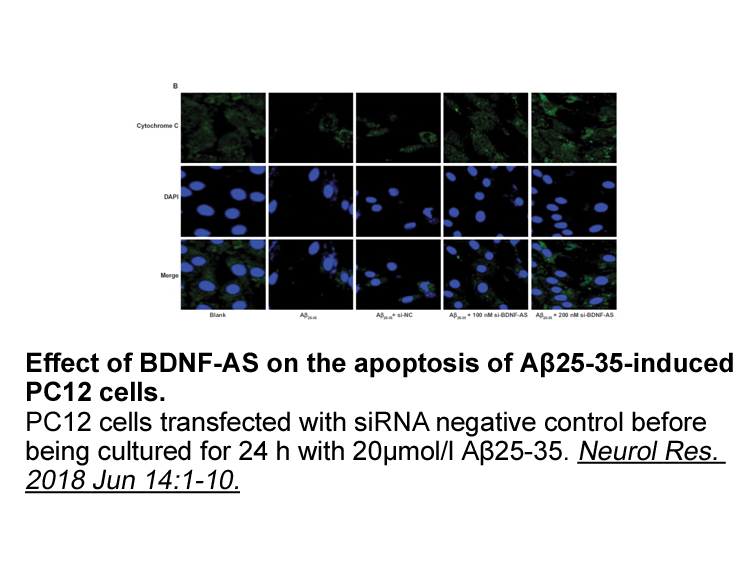
Interim measures, however, are not nearly enough. A massive expansion of the blood donor pool is needed, but scaling up blood donation in the low-resource world is no easy task. WHO has long advocated a set of interventions to fortify a nation\'s blood supply, but countries will have difficulty solv
-
Pero en los a os
2019-06-14
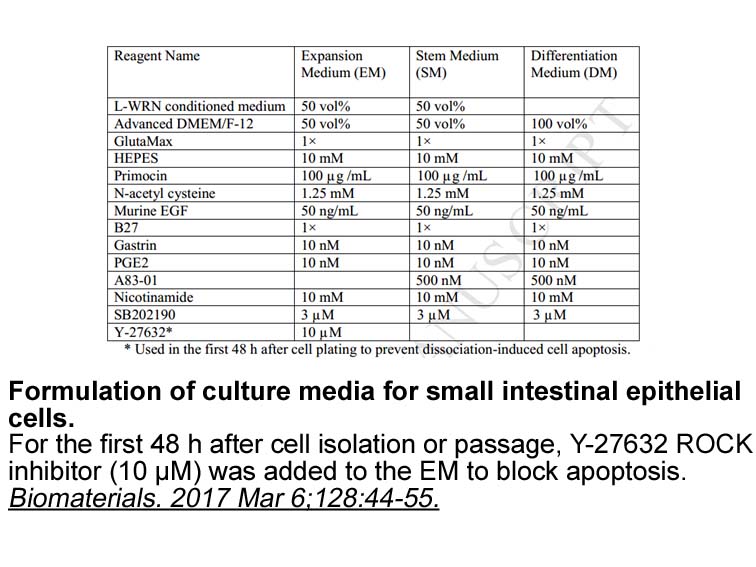
Pero en los años noventa, como refere Brito, al inventariarse los resultados de la estrategia de desarrollo y de las reformas adelantadas en la década anterior, es decir ante una revisión “crítica” del “Consenso de Washington”, fue evidente que los costos en términos de inequidad y dualización socia
-
Asimismo el texto convoca a
2019-06-14
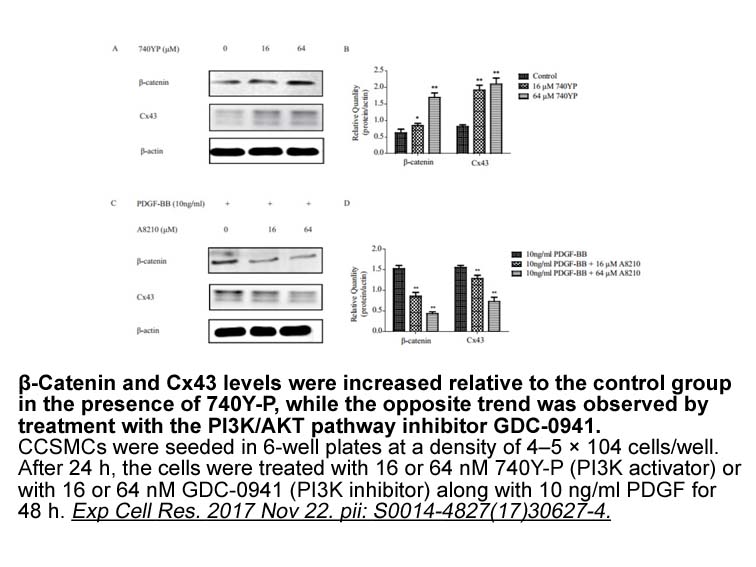
Asimismo, el texto convoca ABT-199 cuestionar muchos de los mitos sobre la guerra civil en Guatemala. No fue durante los años setenta que los revolucionarios guatemaltecos volcaron su mirada sobre el componente indígena como parte de las fuerzas insurgentes, tampoco fue en los ochenta que el gobiern
-
Skin involvement is present in of cases of fusariosis As
2019-06-14
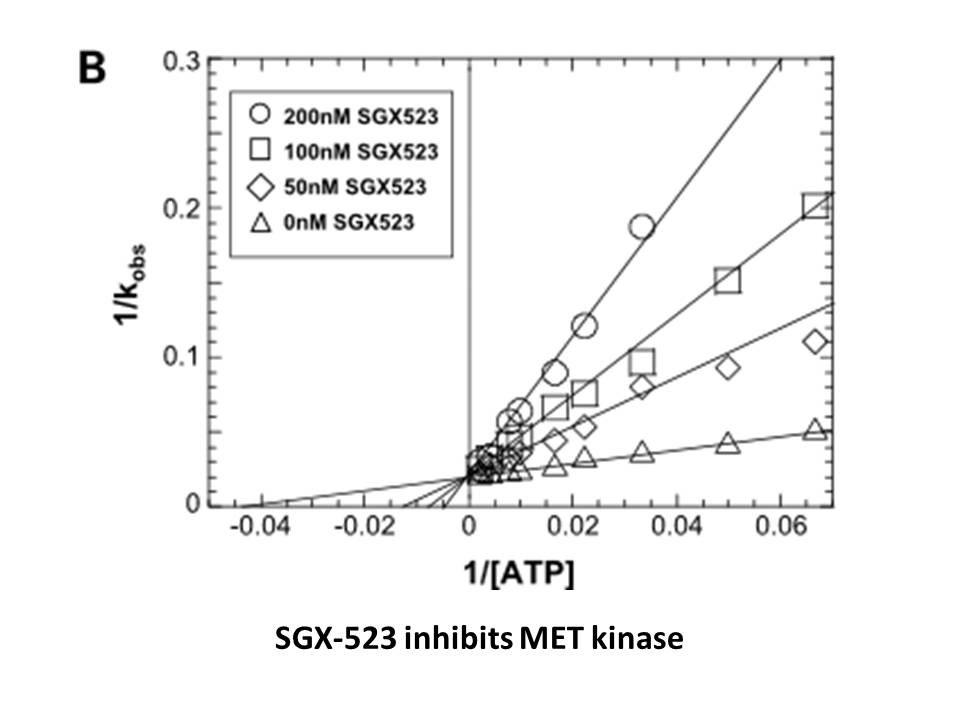
Skin involvement is present in 68–70% of cases of fusariosis [5]. As skin is one of the primary sources of entry, thorough skin examination and biopsy of suspicious nodules should be considered. Sinus involvement occurs in 80% of cases of disseminated fusariosis, with manifestations including facial
-
br We recently reported associations between maternal age
2019-06-13
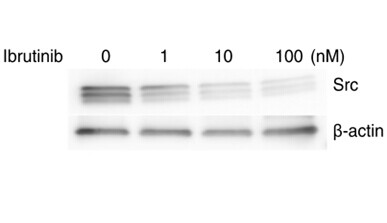
We recently reported associations between maternal age at childbirth and outcomes in the offspring, using data from five birth cohorts (COHORTS collaboration) in low-income and middle-income countries (LMICs), in . Young maternal age ( Antimicrobial resistance is recognised as a serious global he
-
br Material and methods br Results Thirty one
2019-06-13
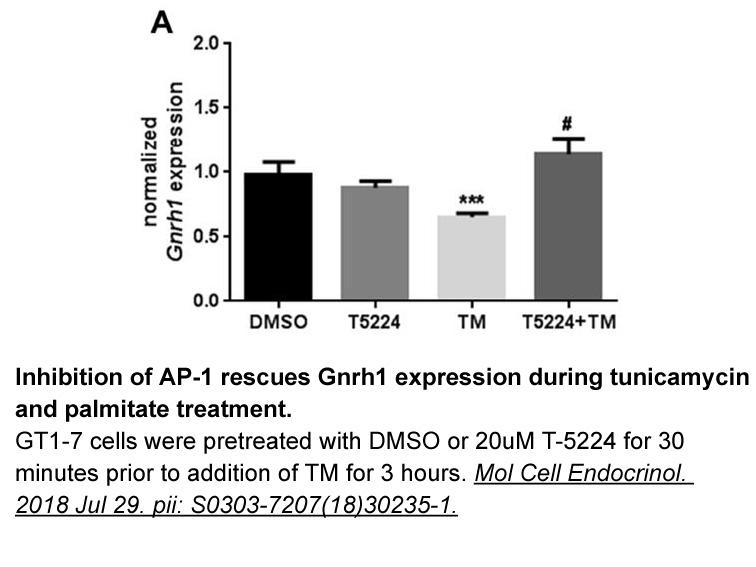
Material and methods Results Thirty-one patients were enrolled consecutively, in this randomized study, between January 2010 and March 2012. The mean age was 65.5±13.7 years. The proportion of patients with primary prevention indication was 25.8% and ischemic cardiomyopathy was 29.0%. All repo
-
At autopsy approximately cm of blood and clots were
2019-06-13
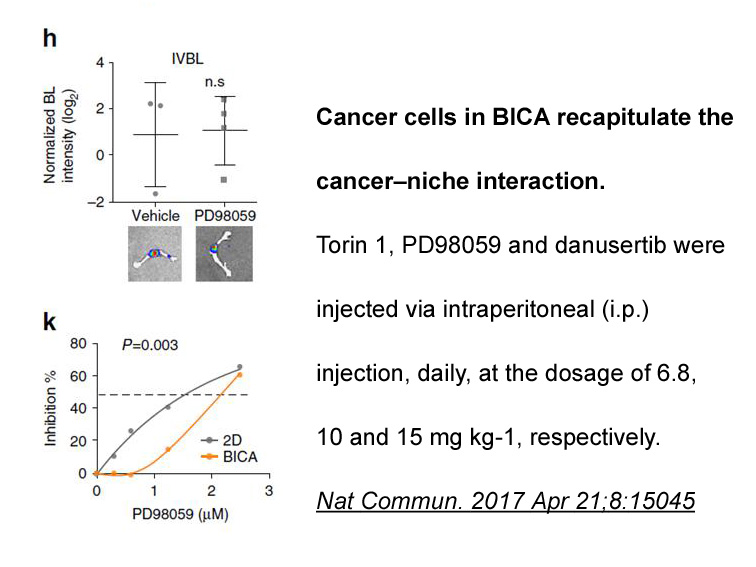
At autopsy, approximately 180cm3 of blood and clots were found inside the pericardial cavity. Careful inspection of the cytotoxicity showed a deep lesion, 2mm in length, on the antero-lateral aspect of the vessel (Fig. 1) 2cm above the valvular plane (Fig. 2). On the medial aspect of the right atriu
-
TAPI-1 br Conclusion br Conflicts of interest
2019-06-13
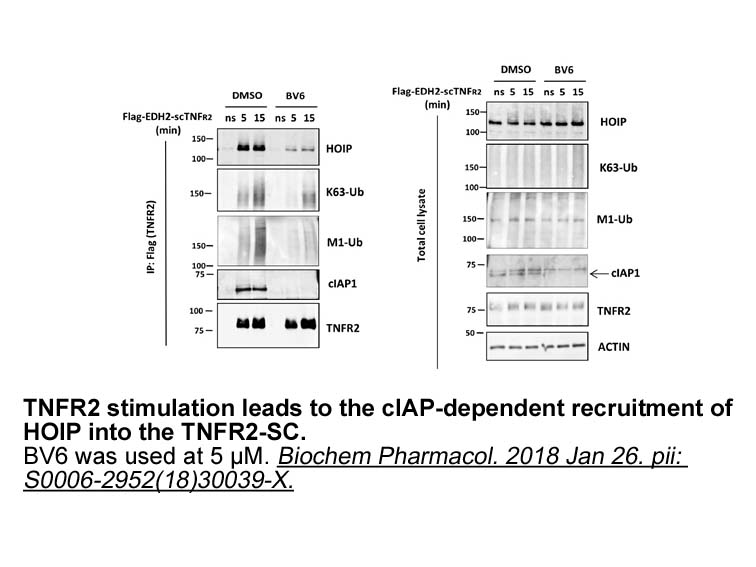
Conclusion Conflicts of interest Acknowledgments Case report A 56-year-old woman with prior history of dual-chamber permanent pacemaker (PPM) implantation (ELA Medical Symphony DR 2550, ELA Medical, Montrouge, France) for symptomatic complete TAPI-1 block presented to the Cardiac Rhythm
-
At the mechanistic level our results
2019-06-13
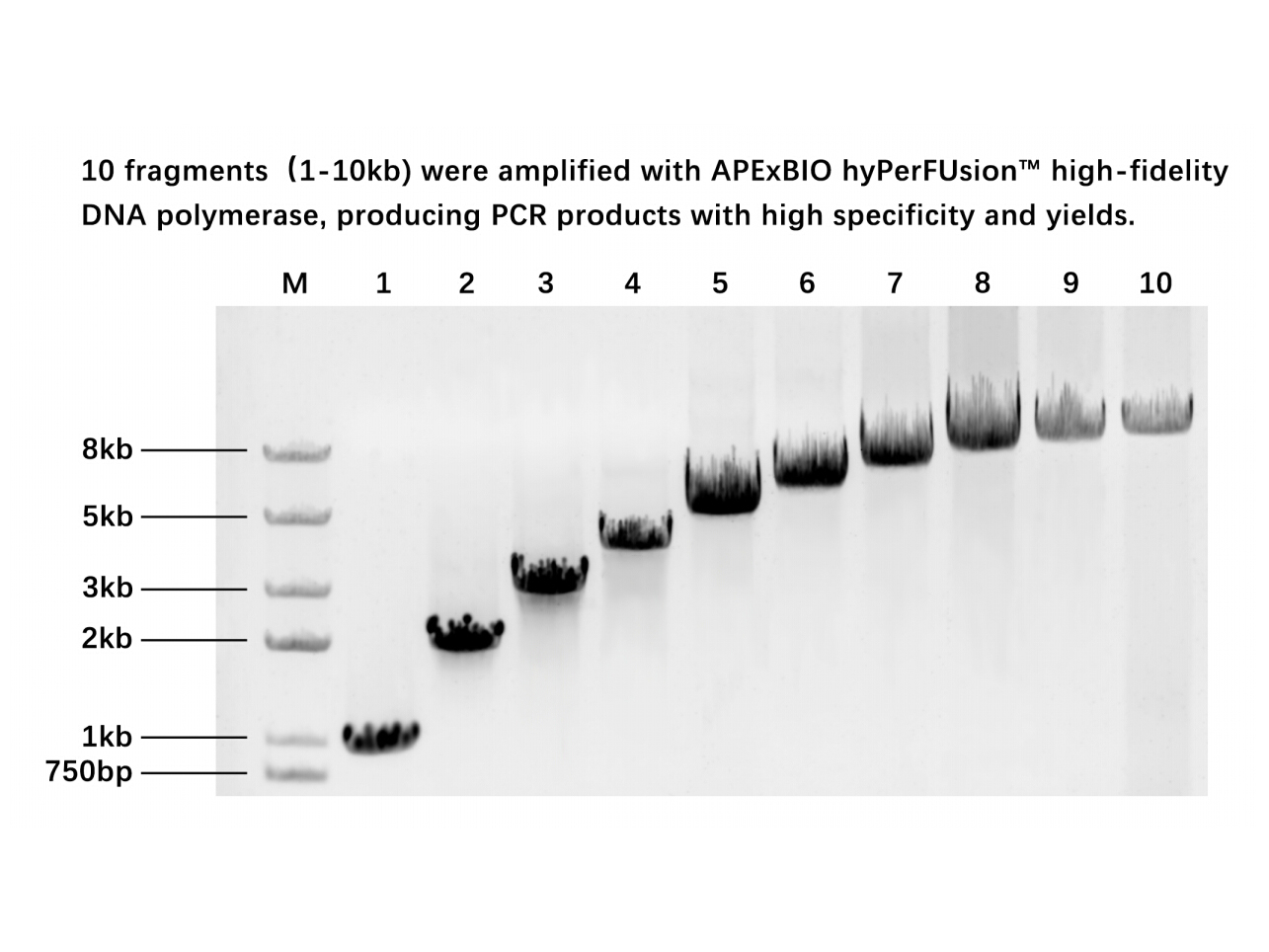
At the mechanistic level, our results strongly suggested that the cholestatic protective effect of STS was most likely accounted for by the activation of LXR, a nuclear receptor known for its anti-cholestatic activity. The activation of LXR was supported by the induction of typical LXR target genes,
16007 records 1015/1068 page Previous Next First page 上5页 10111012101310141015 下5页 Last page